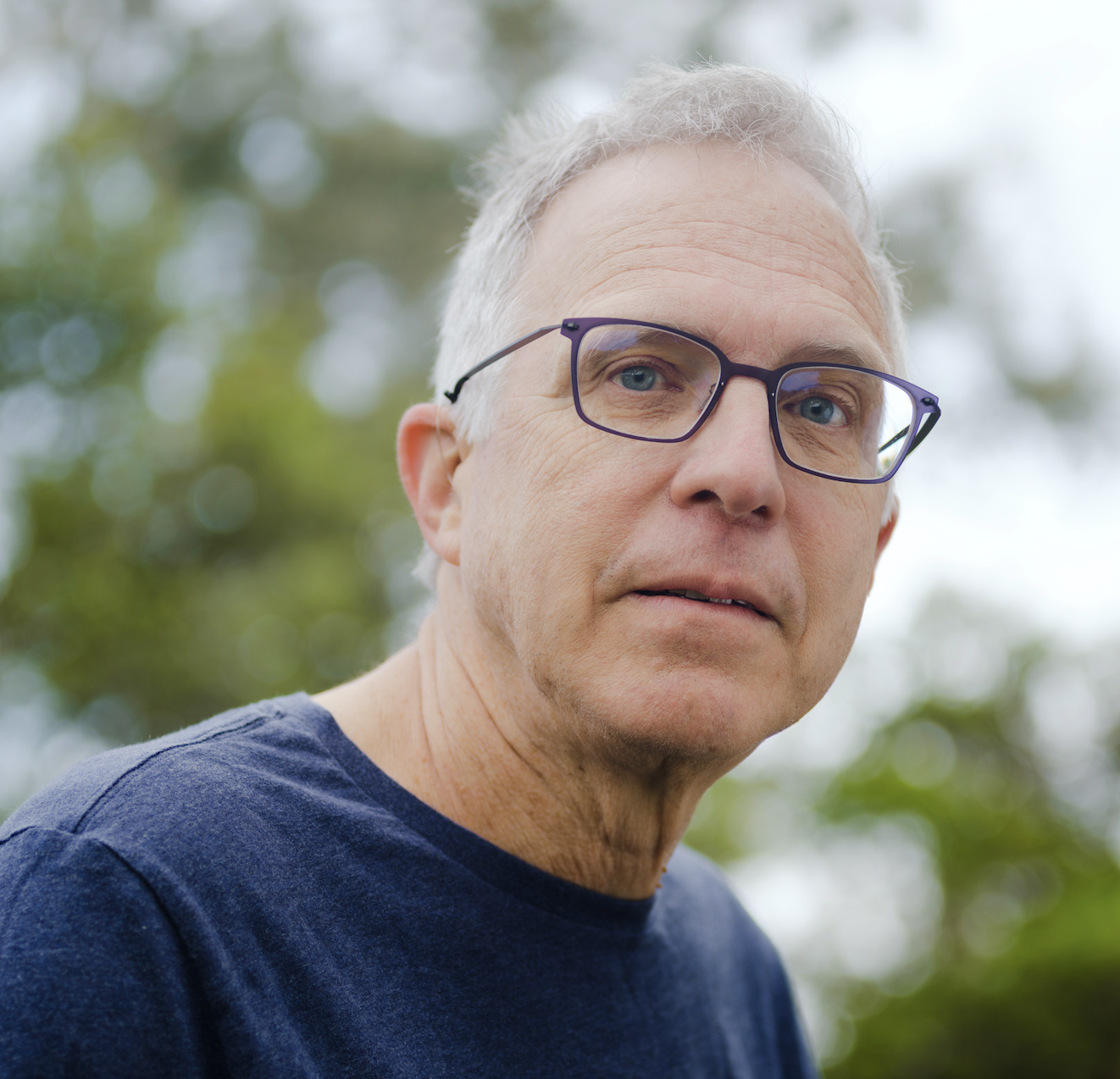The Diggers of 1649, the Runnymede Eco-Village of 2012
In the latest issue of Stir to Action, John Gurney, an historian of the Diggers of the 17th century, has some fascinating perspectives on the Runnymede Eco-Village, a squatters encampment that began in June near the site where the Magna Carta was signed by King John. In his essay, “The Diggers, the Land and Direct Activism,” Gurney reflects on the parallels between today’s encampment and a similar one that occurred in April 1649:
"It was in April 1649 that the Diggers, inspired by the writings of Gerrard Winstanley, occupied waste land on St George’s Hill in Surrey, and sowed the ground with parsnips, carrots and beans. For Winstanley, the earth had been corrupted by covetousness and the rise of privatge property, and the time was ripe for it to become once more a ‘common treasury for all’. Change was to be brought about by the poor working the land in common and refusing to work for hire. The common people had ‘by their labours … lifted up their landlords and others to rule in tyranny and oppression over them’, and, Winstanley insisted, ‘so long as such are rulers as calls the land theirs … the common people shall never have their liberty; nor the land ever freed from troubles, oppressions and complainings’. The earth was made ‘to preserve all her children’, and not to ‘preserve a few covetous, proud men to live at ease, and for them to bag and barn up the treasures of the earth from others, that they might beg or starve in a fruitful land’ – everyone should be able to ‘live upon the increase of the earth comfortably’. Soon all people – rich as well as poor – would, Winstanley hoped, be persuaded to throw in their lot with the Diggers and work to create a new, and better society. To Winstanley, agency was key, for ‘action is the life of all and if thou dost not act, thou dost nothing’.
become once more a ‘common treasury for all’. Change was to be brought about by the poor working the land in common and refusing to work for hire. The common people had ‘by their labours … lifted up their landlords and others to rule in tyranny and oppression over them’, and, Winstanley insisted, ‘so long as such are rulers as calls the land theirs … the common people shall never have their liberty; nor the land ever freed from troubles, oppressions and complainings’. The earth was made ‘to preserve all her children’, and not to ‘preserve a few covetous, proud men to live at ease, and for them to bag and barn up the treasures of the earth from others, that they might beg or starve in a fruitful land’ – everyone should be able to ‘live upon the increase of the earth comfortably’. Soon all people – rich as well as poor – would, Winstanley hoped, be persuaded to throw in their lot with the Diggers and work to create a new, and better society. To Winstanley, agency was key, for ‘action is the life of all and if thou dost not act, thou dost nothing’.
….Digging lasted for just over a year from April 1649. The Surrey Diggers abandoned their St George’s Hill colony in the summer of 1649, after having succumbed to frequent assaults and legal actions, and by late August they had relocated to the neighbouring parish of Cobham. Here they remained until 19 April 1650, when local landowners brought hired men to destroy their houses and burn the contents and building materials. New Digger colonies had, however, sprung up elsewhere, inspired by the Surrey Diggers’ example and by Winstanley’s extraordinarily rich body of writings.
- Read more about The Diggers of 1649, the Runnymede Eco-Village of 2012
- Log in or register to post comments


 w the Games™ seem more of an excuse for corporate branding and image-polishing than something that belongs to the athletes themselves or to Londoners.
w the Games™ seem more of an excuse for corporate branding and image-polishing than something that belongs to the athletes themselves or to Londoners. Both documents are now being shredded today with barely a peep of acknowledgment that centuries-old principles of human rights are being swept aside. Much of Chomsky’s talk is dedicated to his familiar critiques of US geopolitics and corporate globalization. But he has a few illuminating passages about the Charter of the Forest and modern-day enclosures, especially in the global South.
Both documents are now being shredded today with barely a peep of acknowledgment that centuries-old principles of human rights are being swept aside. Much of Chomsky’s talk is dedicated to his familiar critiques of US geopolitics and corporate globalization. But he has a few illuminating passages about the Charter of the Forest and modern-day enclosures, especially in the global South. 




Recent comments